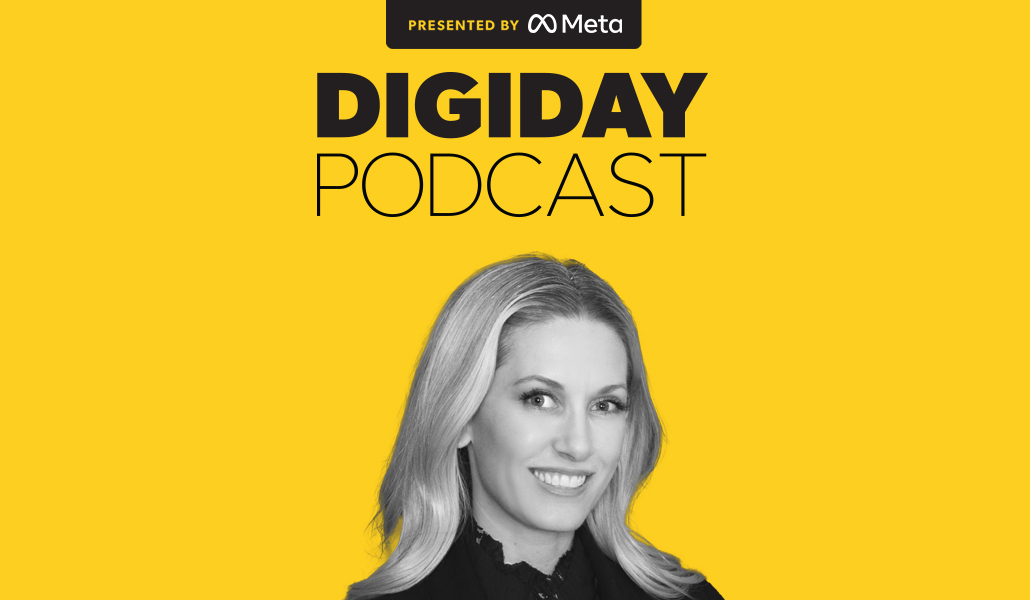Thanks to the implementation of programmatic audio advertisements, the landscape of podcast advertising has undergone significant changes in recent years.
Lizzie Widhelm, the director and head of ad innovation and B2B marketing at SiriusXM Media, highlights the enduring effectiveness of the host-read format in boosting listener engagement and conversions. In the evolving ad market of 2023, SXM Media has sustained its revenue growth by targeting substantial viewer segments based on demographics and interests rather than focusing solely on individual shows.
Widhelm reports that SXM Media has already surpassed its revenue target in podcasting by November, experiencing a notable increase in profitability compared to previous periods. The emphasis is on diversifying revenue streams, with a substantial 90% rise in programmatic revenue specifically for podcasts.
In a recent episode of the Digiday Podcast, Widhelm delves into the advantages of programmatic audio ad sales, strategies for enhancing audience targeting capabilities, and the potential for AI to streamline processes.
The discussion points have been summarized and refined for clarity:
Expansion of Programmatic Audio Advertisements
Over the past two years, programmatic advertising has been fully integrated. The initial focus was on understanding the metrics: What generates revenue? What drives downloads? What resonates with the audience? This groundwork laid the foundation for dynamically inserting ads to ensure accurate tracking and timely messaging updates.
Future innovations in market segmentation aim to target specific audience groups more effectively. The goal is to move beyond show-specific targeting to reach broader demographics like mothers nationwide. Partnerships with Comscore and utilization of first-party data are enhancing the precision and sophistication of podcast advertising strategies.
Importance of Targeting and Customization
While scale is important, tailoring campaigns to specific audiences can yield significant benefits. Collaborating closely with content creators and hosts to align sponsored segments with the right audience is crucial for maximizing impact. Leveraging the influence of podcast hosts and live radio personalities can enhance brand integration within the audio space, even though broader reach may require partnerships with high-traffic hosts.
Innovations in AI for Creative Production
Widhelm envisions leveraging conceptual AI to expedite creative production processes, particularly through voice cloning technology. The ability to generate spec spots quickly and efficiently can cater to advertisers’ needs, facilitating smoother collaborations with diverse businesses and content creators. This approach aims to streamline the creative approval process and bridge the gap between ideation and execution, ultimately enhancing the overall production efficiency.
In conclusion, the podcast advertising landscape continues to evolve, with a focus on targeted audience engagement, customization, and the integration of AI-driven solutions to optimize ad creation and delivery processes.






